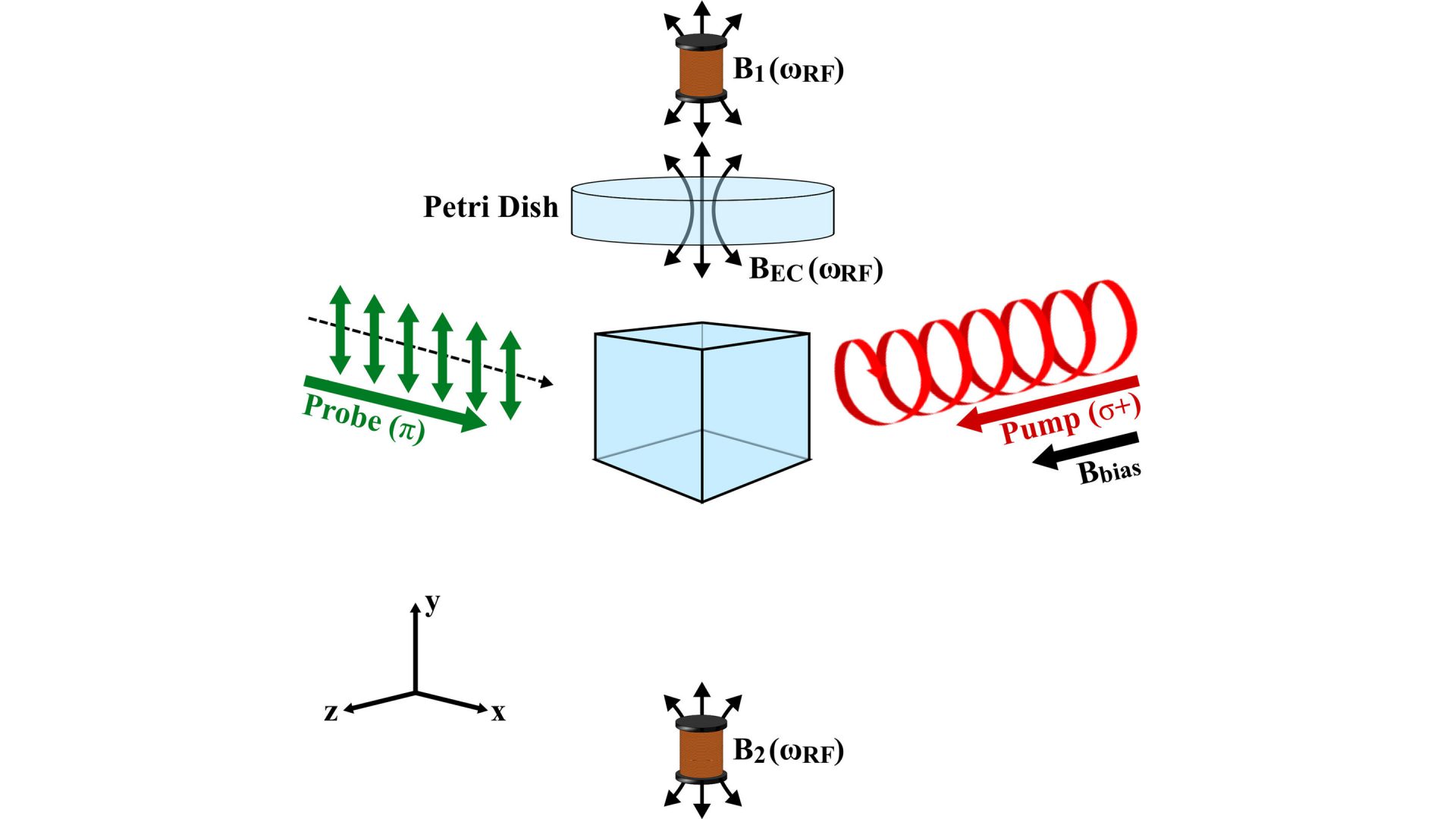
Atrial fibrillation (AF) is a heart condition that causes an irregular and abnormally fast heart rate, potentially leading to blood clots, stroke, heart failure and other heart-related complications. AF is commonly diagnosed using an electrocardiogram (ECG), but this can only be done during an episode.
Researchers at University College of London (UCL) have showed that it is possible to successfully image the conductivity of solutions mimicking biological tissues and therefore, this quantum technology could be used to diagnose AF and identify areas of the heart where surgery should be targeted.
The team imaged solutions with a conductivity comparable to that of live tissues down to a sensitivity of 0.9 Siemens per metre and to a resolution of one cm using an unshielded atomic magnetometer with an AC magnetic field. These solutions were 5 ml in volume each to match the expected need of applications in AF diagnoses.
The signal was detected using Rubidium-based quantum sensors, which the team developed specifically to image small volumes accurately and consistently over a several days, with areas of brightness indicating high conductivity.
The work has been published in Applied Physics Letters. (Phys.org)
